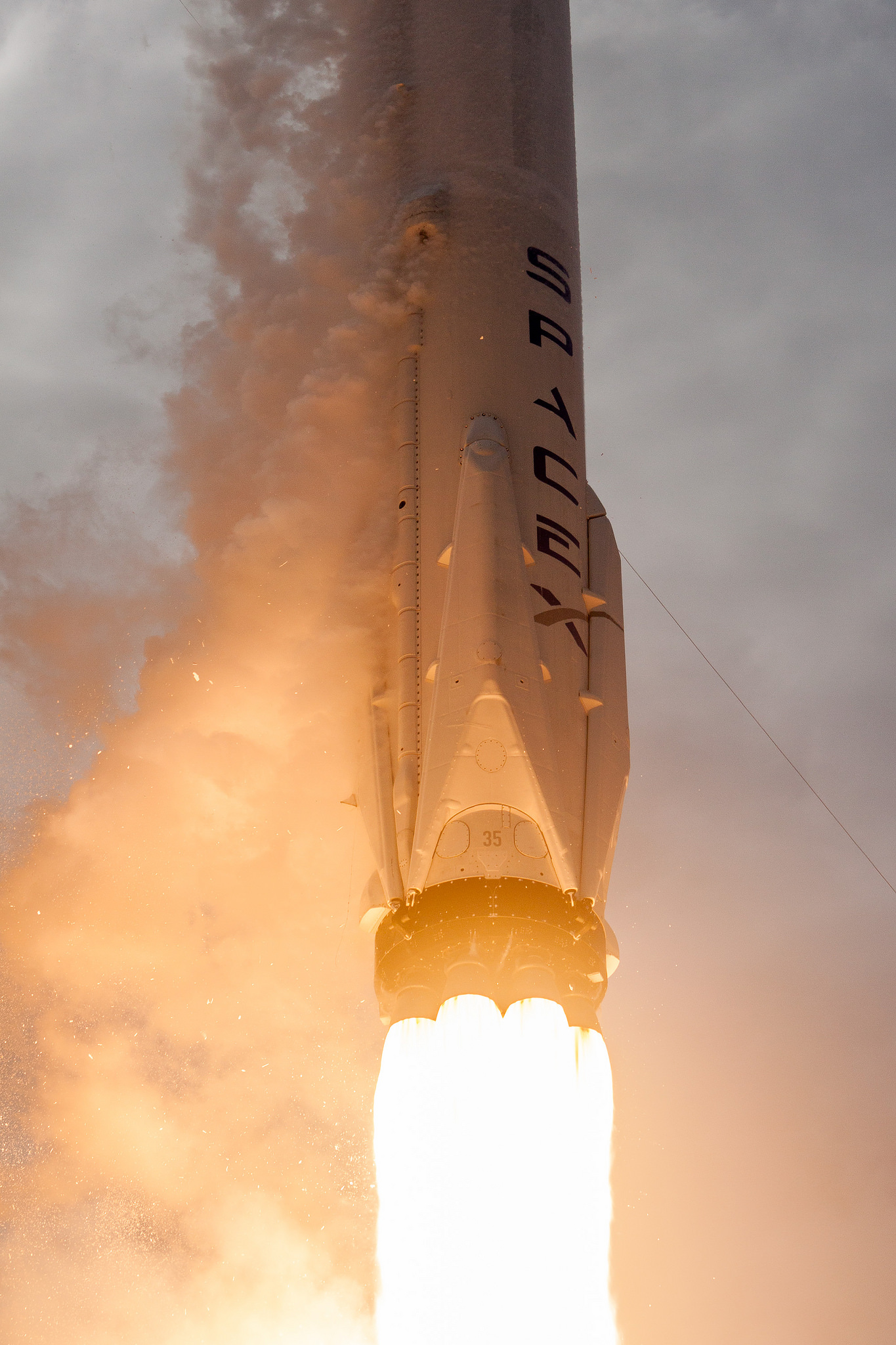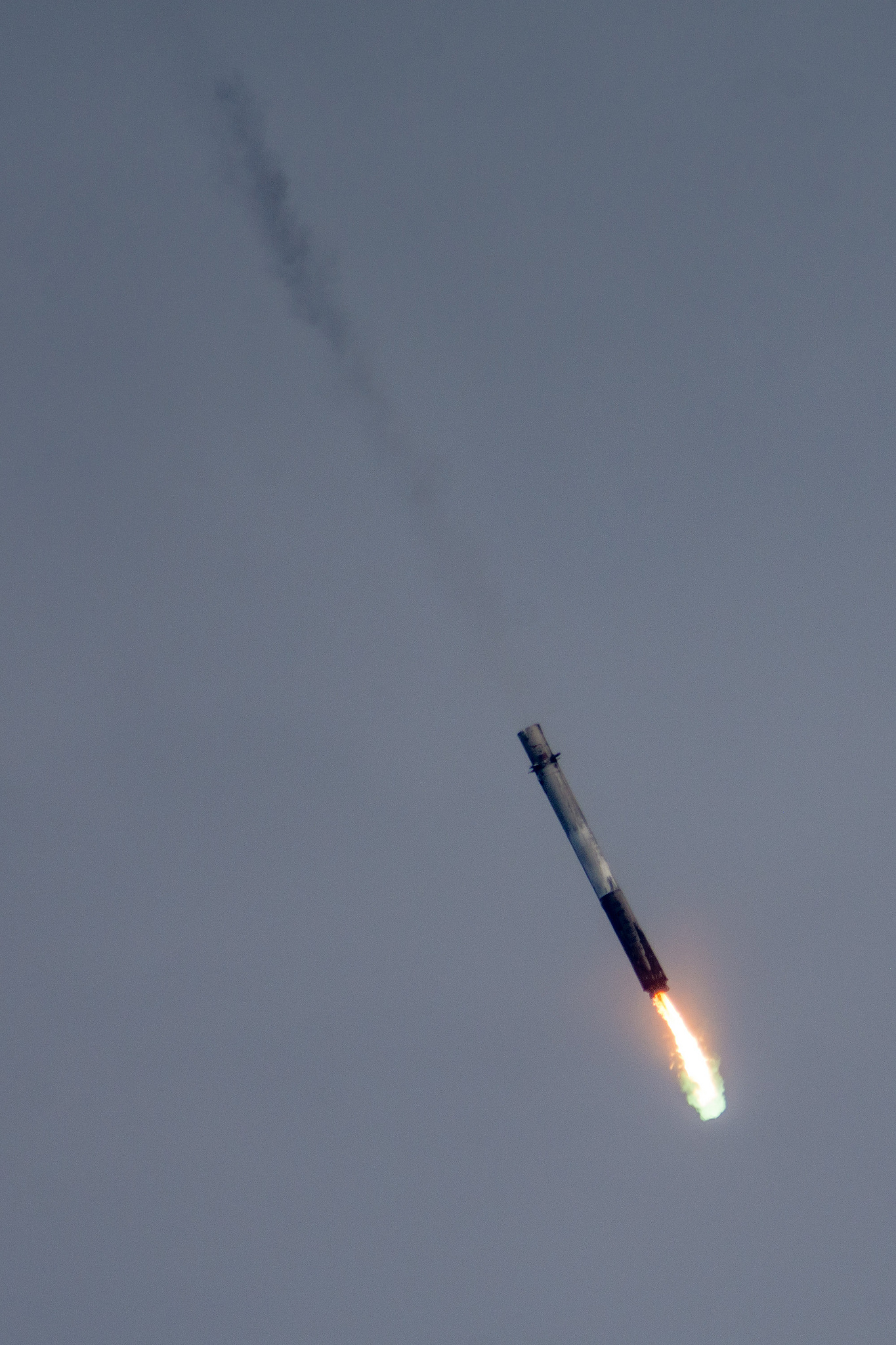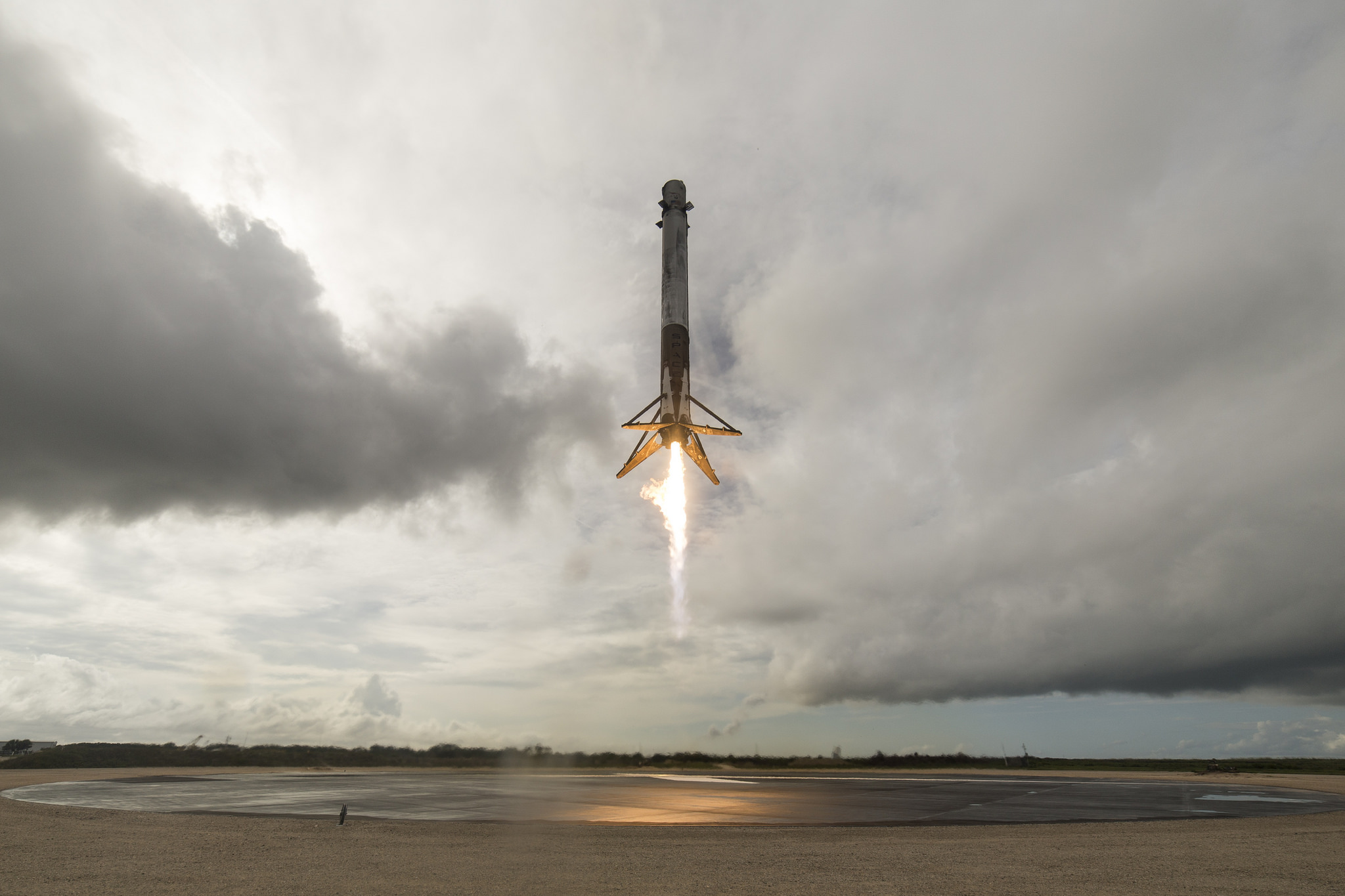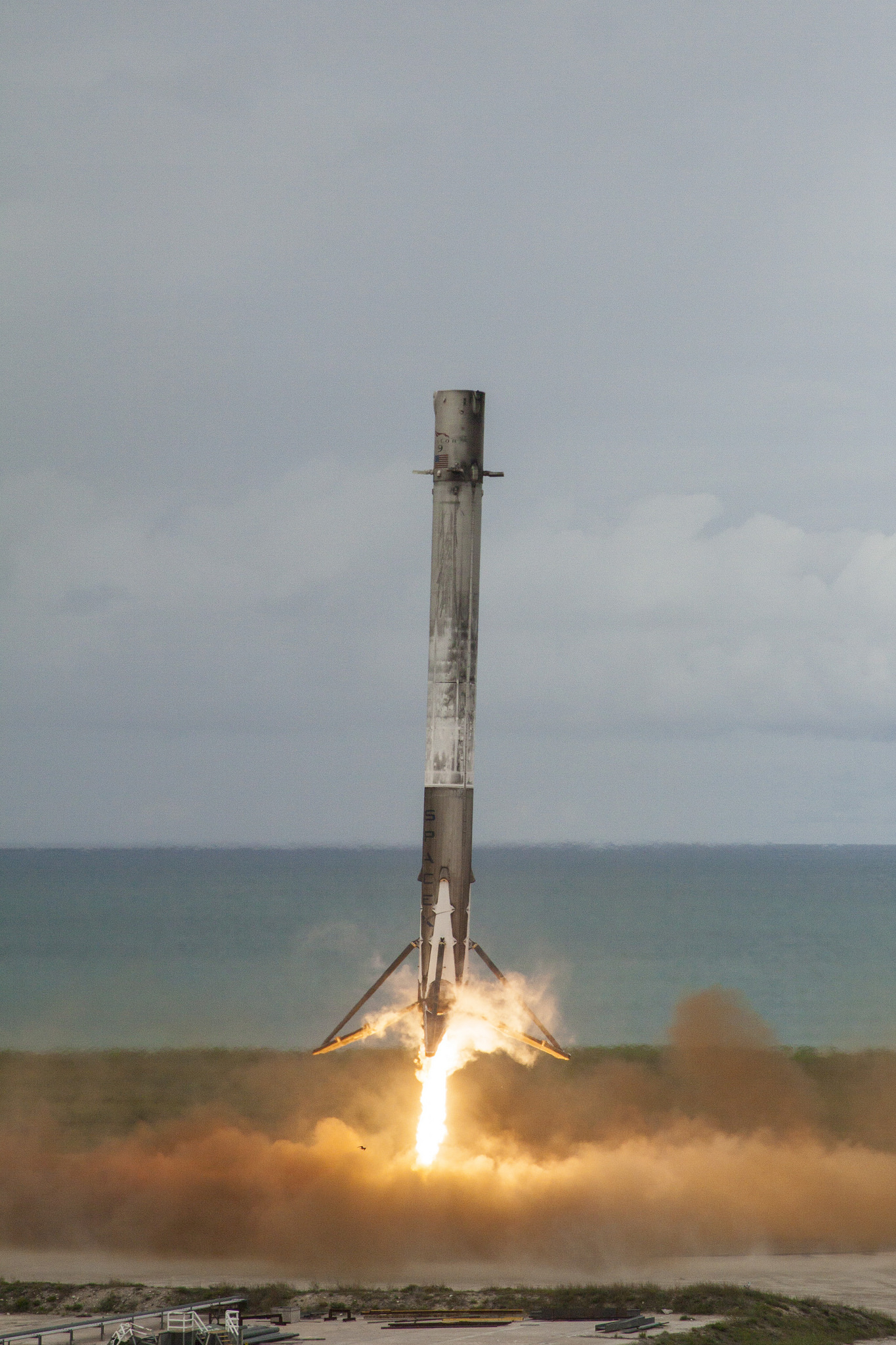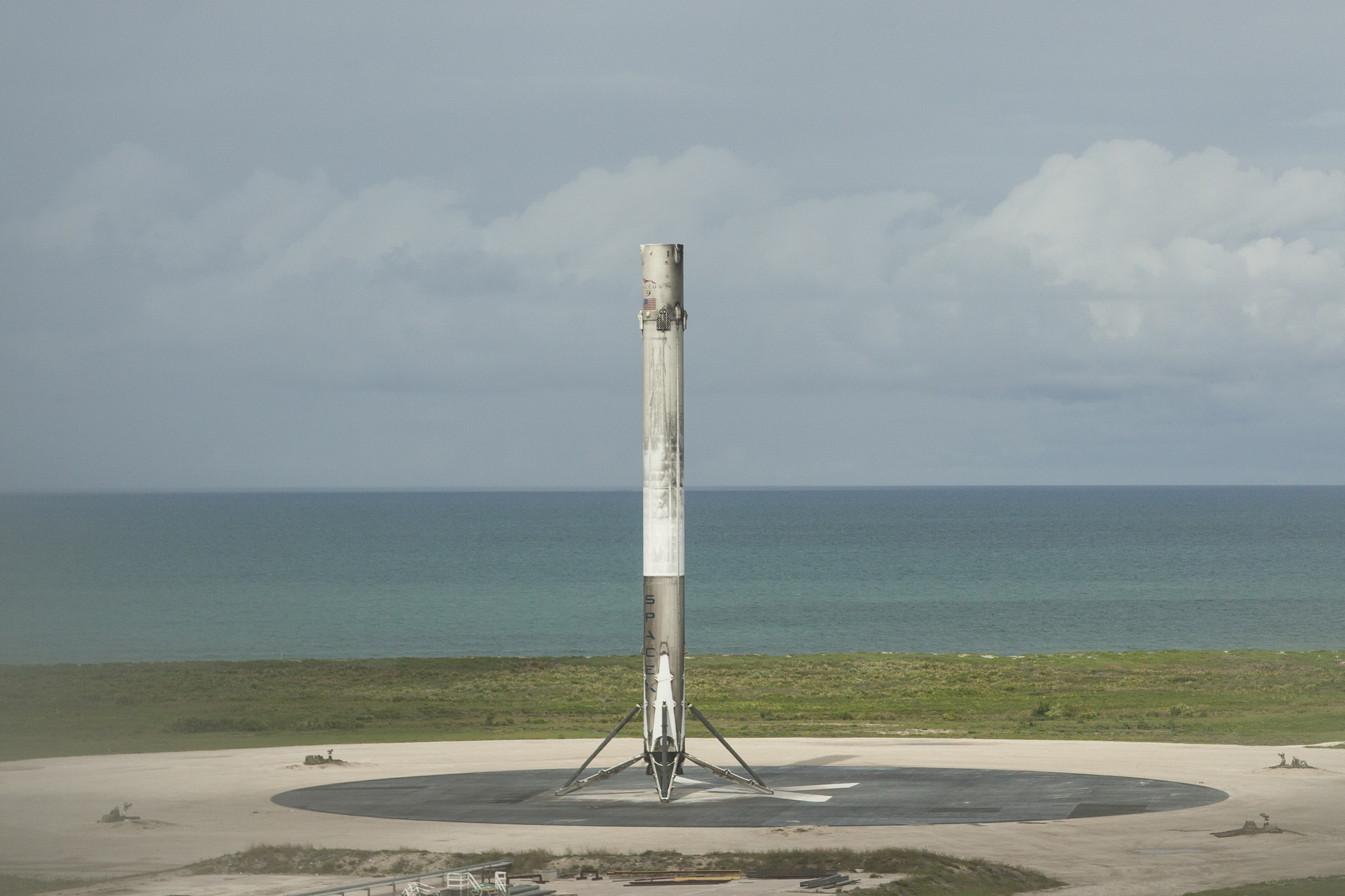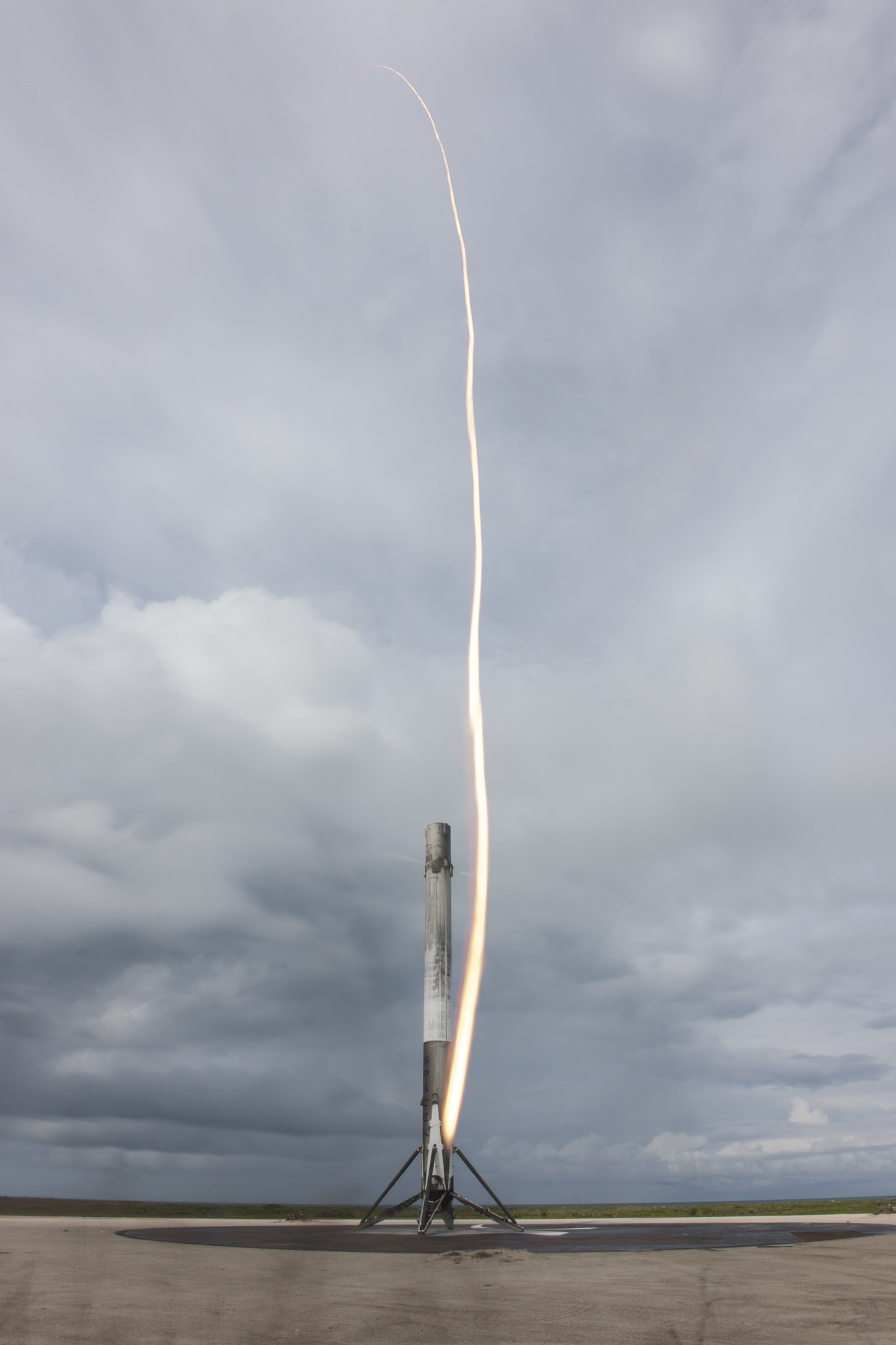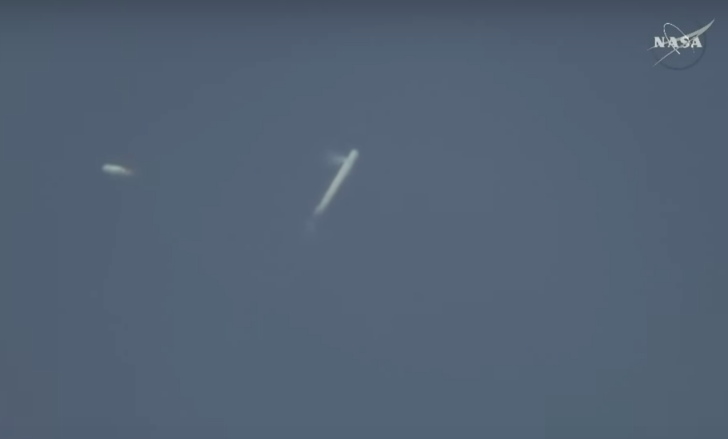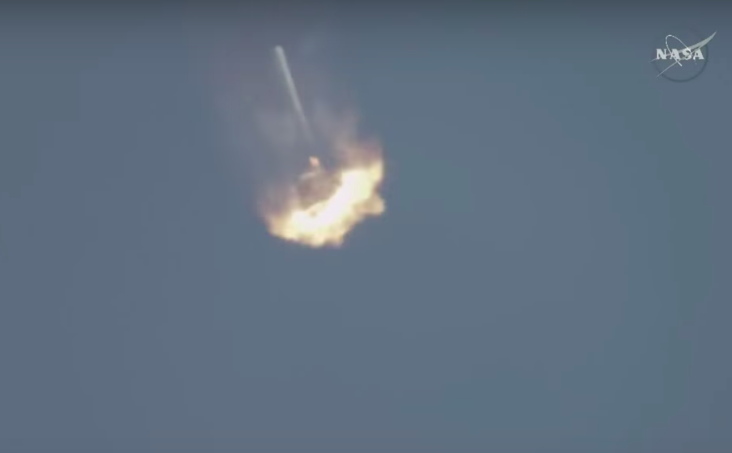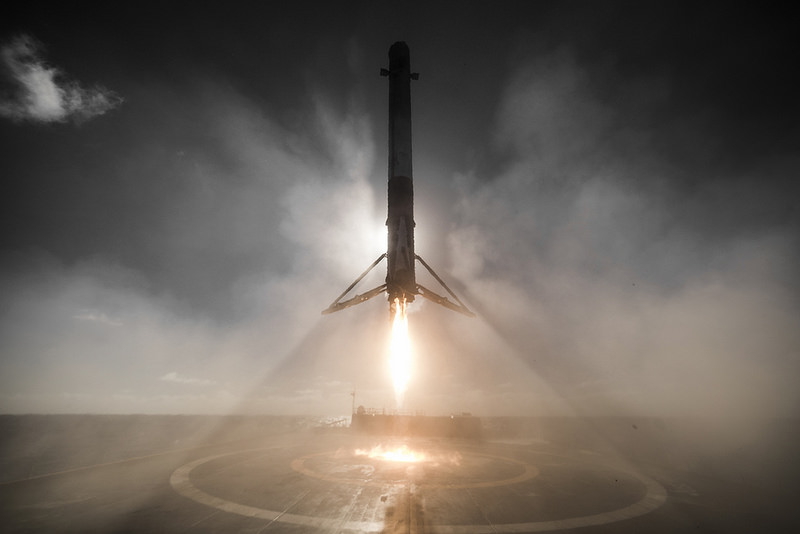- Joined
- Jan 17, 2009
- Messages
- 5,204
- Reaction score
- 1,547
I had not mentioned that. IIRC, it is highly refurbished.
Same inner pressure vessel, flown for CRS-4. But everything else outside the pressure vessel is new, IIRC. Outer shell, heat shield, hatch (?), RCS fuel tanks, RCS thrusters, perhaps new chutes, etc. And of course a new "Trunk" which not only carries cargo inside but has the deployable solar panels, jetttisoned shortly after re-entry burn.
Here's a pic of a pressure vessel, mounted to a stand:
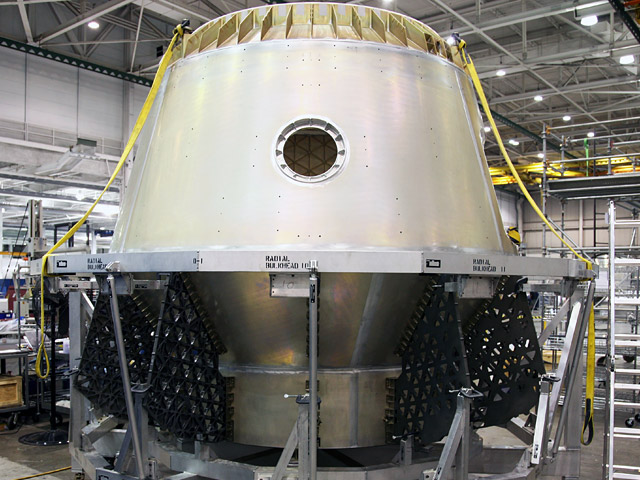
Article on Space Flight Insider: https://www.spaceflightinsider.com/...cience-reused-dragon-capsule-featured-crs-11/
Pic of the LV being raised to vertical at 39A:
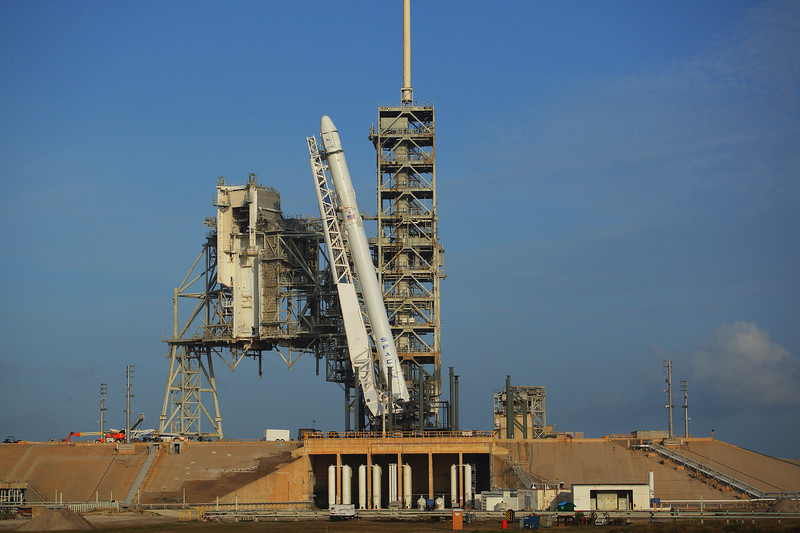
close-up of the Dragon spacecraft.
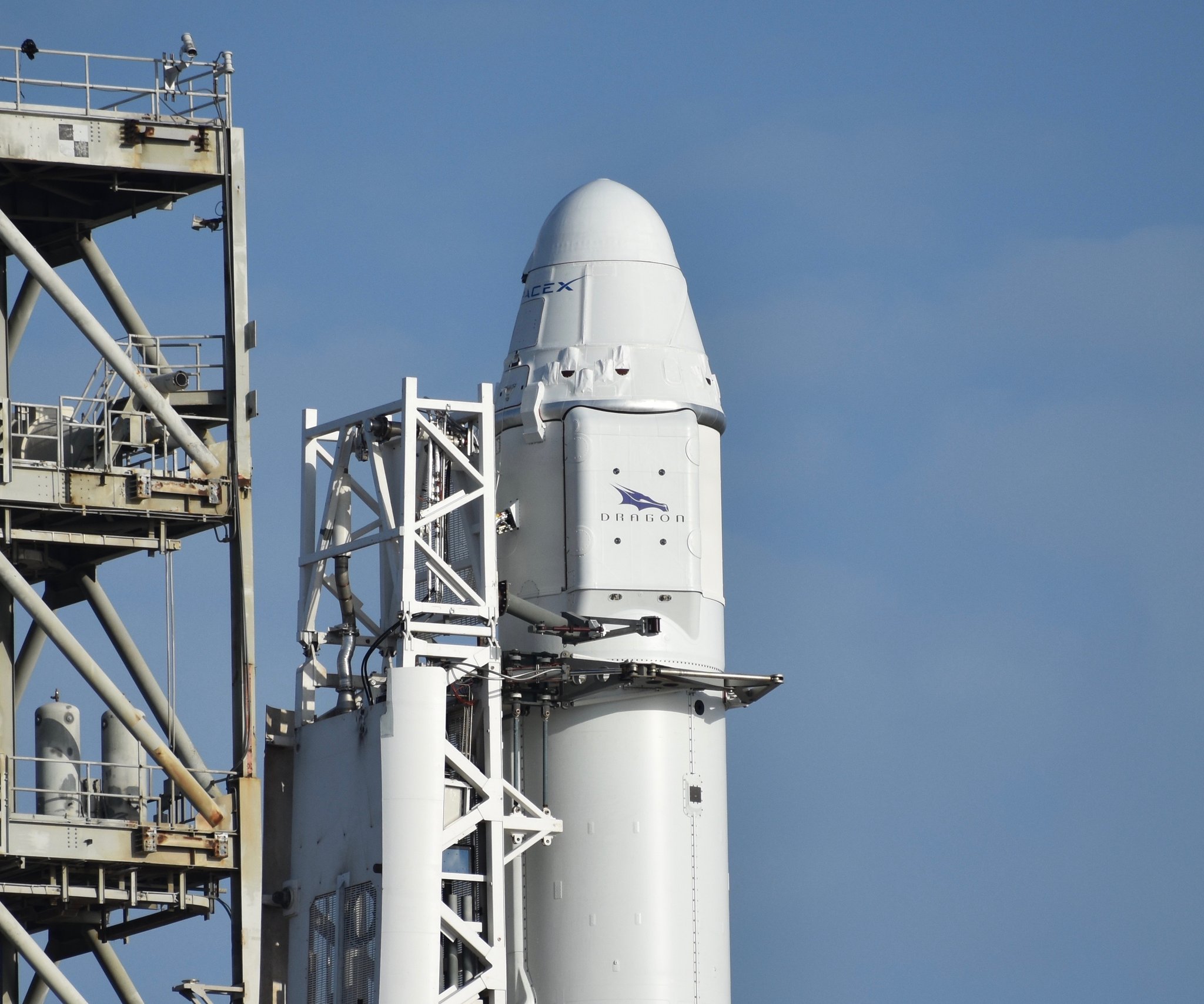
Same inner pressure vessel, flown for CRS-4. But everything else outside the pressure vessel is new, IIRC. Outer shell, heat shield, hatch (?), RCS fuel tanks, RCS thrusters, perhaps new chutes, etc. And of course a new "Trunk" which not only carries cargo inside but has the deployable solar panels, jetttisoned shortly after re-entry burn.
Here's a pic of a pressure vessel, mounted to a stand:

Article on Space Flight Insider: https://www.spaceflightinsider.com/...cience-reused-dragon-capsule-featured-crs-11/
Pic of the LV being raised to vertical at 39A:

close-up of the Dragon spacecraft.




